Strafe Cham Jacket & Pants
Reviewer: 6’0”, 175 lbs
Strafe Cham Jacket
Size Tested: Large
Blister’s Measured Weight (size Large): 610 grams
Measured Front Zipper Length: 84 cm
Fabric: 4-way stretch Recon 3L®
Stated Features:
- Fully seam sealed
- Integrated helmet compatible hood with 3-point adjustment
- Chamois fleece lined front hood & chin guard
- Full length interior windguard
- Pack-friendly seamless shoulders
- Exposed underarm vents
- Interior media port
- Adjustable & removable DWR coated 4-way stretch powder skirt with gripper elastic & low profile plastic snaps
- Hem drawcord adjustment at front hem
- YKK Aquagurd® Coil & Vislon® zippers
Pockets:
- 2 chest (zippered)
- 1 sleeve (zippered)
- 1 interior drop-in
- 1 interior chest w/ cable-routing port (zippered)
MSRP: $499
Strafe Cham Pants
Size Tested: Large
Blister’s Measured Weight (size Large): 485 grams
Fabric: 4-way stretch Recon 3L®
Stated Features:
- Fully seam sealed
- Exposed hamstring vents
- External Velcro waist adjustment
- Belt loops
- Chamois fleece lined waist band
- DWR coated 4-way stretch powder cuffs with gripper elastic
- Extra tall external durable scuff guards
- Cuff drawcord adjustment
- Low profile plastic snaps at back calf for adjustability
- YKK Aquaguard® Coil & Vislon® zippers
Pockets:
- 2 hand (zippered)
- 1 internal beacon pouch in the right hand pocket
MSRP: $365
Test Locations: Grand Targhee, WY; Telluride, CO
Days Tested (so far): 7
Intro
We reviewed Strafe’s Cham2 jacket and pants two years ago, and came away impressed. When they were released they stood out due to their unique combination of a more relaxed “freeride” fit and backcountry-oriented materials, weight, and feature set. But the Cham kit now has more competition, most notable of which is the Patagonia Descensionist kit, which also combines a generous fit with a very breathable fabric.
For the 2018-2019 season Strafe updated the Cham2 (now just called the “Cham”) with their own proprietary four-way stretch waterproof / breathable fabric. So how does the new kit compare to the old one, and how does it stand up to the current competition?
Fit
The new Cham kit fits very similarly to the old Cham2 kit. If there’s a difference, I can’t ascertain it on my lanky 6′, 175 lb body (I used both iterations in my standard size of Large).
The Cham jacket is long but not excessively baggy, and the shoulders and arms don’t feel too baggy, either — even when I’m only wearing a base layer underneath. If you want your touring outerwear to be super slim, this is not the kit for you. But if you want touring-shell performance in a fit that’s similar to many “freeride” inbounds jackets, the Cham should definitely be on your radar. Compared to the Patagonia Descensionist, the Cham jacket a little longer and baggier throughout.
The Cham pants are also pretty generously cut compared to almost all other touring pants. That said, I don’t think they’re overly baggy — they’ve got enough room to provide ample freedom of movement, but not so baggy that I look like a park rat.
Jacket Pockets and Features
[Note: Because most of the Cham2’s features come back largely unchanged in the new Cham kit, we recommend checking out the Cham2 jacket and Cham2 pant reviews for even more details on this kit’s feature set. Unless explicitly noted, all features mentioned in those reviews come back unchanged in the new Cham kit.]
Like the Cham2 jacket, the new Cham jacket has a great pocket layout for backcountry skiing.
I’m a sucker for a good internal media pocket with headphone routing, and the Cham’s internal zippered chest pocket checks that box.
The Cham jacket’s chest pockets are quite large and are big enough to fit most skins (my 185 cm x 120 mm skins fit just fine with plenty of room). The Cham’s chest pockets are also accessible while wearing a pack, which is a nice touch.
The Cham jacket’s sleeve pocket is a nice spot for a ski pass if you’re skiing this kit inbounds, and I keep my wallet in there on tours.
The Cham jacket has large pit vents with two-way zippers. I can use them while wearing gloves without taking off my pack, but can’t quite get them to work while I’m wearing mittens (something I’ve found to be true for most pit zips). The Cham’s pit zips are not mesh backed, and dump heat well when open.
Rounding out the Cham Jacket’s feature set is a removable powder skirt and elastic adjustments on the hem and helmet-compatible hood, all of which work well.
Pants Pockets and Features
The Cham pant’s pocket layout is pretty basic: two big hand pockets that are plenty deep and wide, and the right one has a mesh beacon pocket inside. I like the beacon pocket, but I wish there was another cargo pocket on one leg for hats and gloves.
The pant’s velcro waist adjustment system works well — I can tour with my beacon in the pant’s pocket without the pants slipping down at all.
The Cham pant’s cuffs feature Strafe’s snap adjustment system, which allows you to tighten down the cuffs when using street shoes, crampons, or boots with lower-volume cuffs. This is particularly nice on a pant like the Cham, since the cuffs are pretty wide.
I have found that the Cham’s elastic internal gaiter bungee has a tendency to get caught in my boot buckles. It’s not a big deal, but I never noticed this issue with the old Cham2 pants, although I was skiing them with different boots.
Lastly, the Cham pants feature zippered vents on the back of the hamstrings, and they do a good job of dumping heat.
Materials, Weather Resistance, & Breathability
The original Cham2 kit used Polartec NeoShell for the body fabric. That’s a great choice for most backcountry gear — it’s light, it breathes significantly better than Gore-Tex, and it’s plenty water resistant for most areas. So why did Strafe switch to a proprietary material, and does it perform as well (or better)? Well, Strafe claims that the new material is just as waterproof as NeoShell, while also breathing better and being more comfortable.
The breathability difference is difficult to quantify, and it hasn’t been a drastic difference in my opinion. But I definitely noticed the bump up in comfort. The Cham’s 3L Recon fabric is awesome — it’s very smooth and very stretchy, so it moves well with my body. It doesn’t bunch or restrict movement, and I barely notice it while wearing it. Just based on comfort alone, this new fabric is a nice upgrade, and my initial conclusion is that it seems to be just as waterproof and breathable as NeoShell (which is high praise).
For much more info on waterproof / breathable laminates and how they differ, we recommend checking out our Outerwear 201 article.
Durability
I don’t have enough time in the Cham kit to make any definitive statements on its durability, so I’ll update this review down the line if I run into any durability issues. But so far, I haven’t noticed any durability problems, and it’s worth noting that the old Cham2 kit held up very well, despite being pretty light.
Strafe Cham vs. Patagonia Descensionist
It’s time to address the seam-sealed elephant in the room: how does the Cham kit compare to the Patagonia Descensionist kit?
In terms of fit, the Cham is a bit longer and baggier fit throughout. Both kits fit me well though, so this is a toss-up for me. But if you feel like you may be on the fence in terms of sizing, this could be important.
The Cham and Descensionist have nearly identical pocket layouts. The Descensionist pant has a lower cargo pocket which I appreciate, but that won’t matter for many skiers.
The fabric of the Descensionist feels lighter and a bit more breathable to me than the Cham’s Recon fabric, but it’s not a night-and-day difference. And based on my experience so far, the Cham is more water-resistant, so skiers in wet places like the U.S. Pacific Northwest will probably fare better with the Cham.
The biggest difference I’ve found lies in the jackets’ pit vents. The Descenscionist doesn’t have any, and the Cham has two big ones. If you can’t imagine touring without pit vents, your choice is clear. After skiing in the Descensionist for two years, I haven’t personally found myself missing pit vents on that jacket — it already breathes well, and its chest pockets are mesh backed and help dump heat just fine. I also generally wear mittens, which means I have a hard time opening and closing any vents without taking off my mittens. That said, the Cham still breathes well with its vents closed, and it is significantly more breathable than any standard Gore-Tex, Gore Pro, or Gore-Tex C-Knit pieces we’ve used.
So, if you couldn’t tell from the preceding paragraphs, this match is almost a toss-up. If you don’t have definite opinions about pit vents and don’t ski in an area that sees a lot of heavy, wet snow, I’d recommend going with the kit who’s colors you like more, or the one you can get a better deal on. These are two really good kits, and it’s hard to go wrong with either.
Who’s It For?
The Cham kit wouldn’t be my top recommendation if backcountry skiing for you means putting on crampons and walking around the mountains with your ice axe before making jump turns down icy couloirs. There are slimmer and lighter kits made for doing that.
Similarly, if you’re never going to be walking uphill (e.g., if you’re skiing in the resort), there are better kits for you. For lift-served skiing, you’d probably be better served by other offerings with more features and better weather resistance (e.g., Open Wear Open One kit).
But if your skiing falls somewhere in between? That’s where the Cham makes a whole lot of sense. Its fit, features, and weather resistance mean it feels at home inbounds, but its low weight and breathability mean it’s just as comfortable on all-day tours. The Cham stands head-to-head with one of our other favorite freeride touring kits, and I think a wide range of skiers will be happy in it.
Bottom Line
The old Cham2 kit was very impressive, but over time it no longer stood out in the market as much as it initially did. With their updated Cham kit, Strafe has designed a set of outerwear that’s noticeably better than the previous version and is just as at home on the skin track as it is on the chairlift. For people who want excellent breathability, a versatile feature set for backcountry and inbounds use, and a more generous fit than most touring shells, the Strafe Cham kit is worth a very good look.

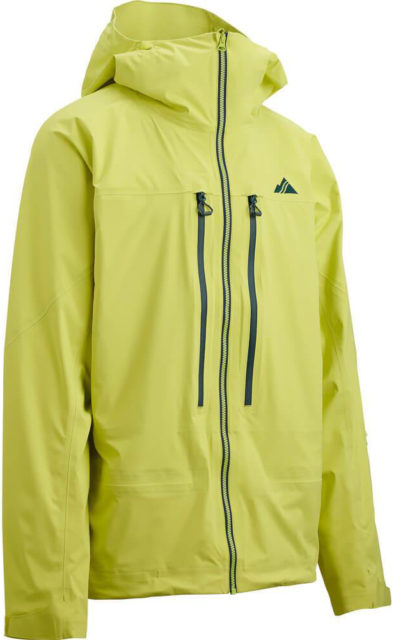
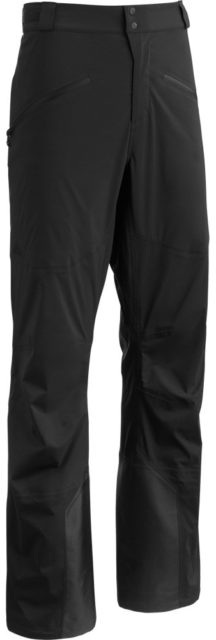
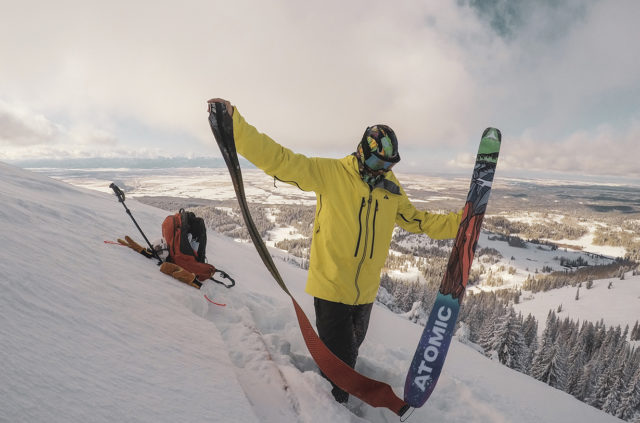
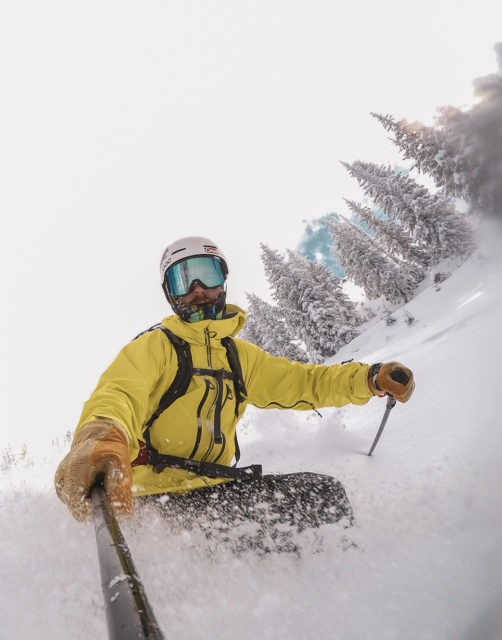
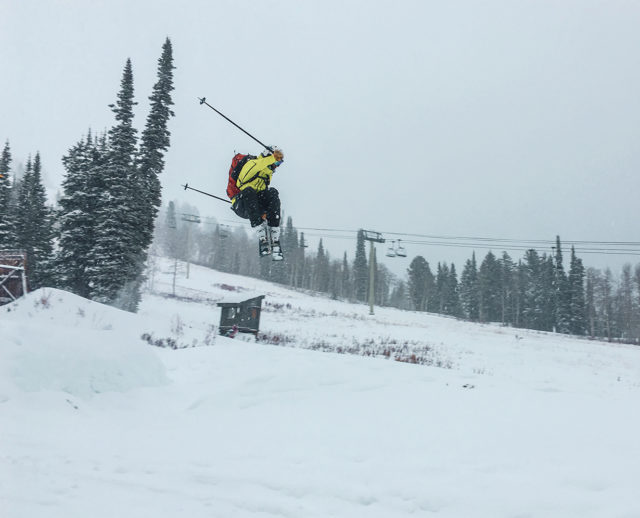
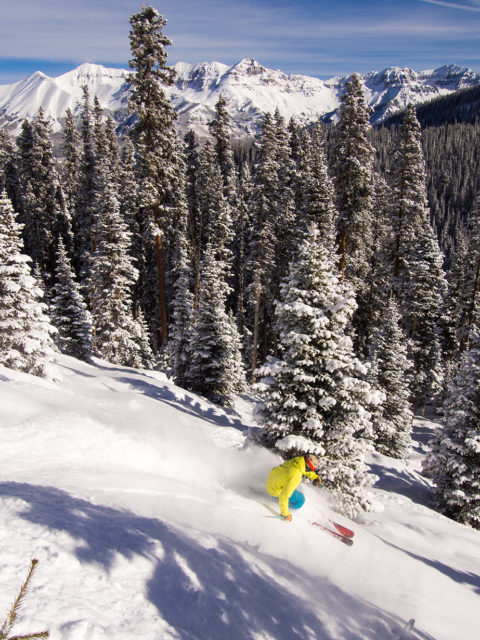
You guys do a great job and when it come to hardware such as skis and bindings I live and swear by your reviews. I buy the printed edition of the Buyer’s Guide every year.
However when it comes to apparel I have to way of heeding your advice as I live in Sweden where the clothing brands you review are not marketed. The fact is that not even Amazon UK or DE nor the major European skiing online merchants (such as Sport-Conrad) carry the brands that you review (apart from Norrøna and a few other exceptions). Furthermore, I ski in northern Norway and Sweden or the Alps where the conditions differ from the Rockies. The latter is a minor issue compared to the more or less complete unavailability of the brand assortment that you put to the test. I have for instance yet to find a single European online retailer that offer the Blistergear test favourites Patagona Descensionist or Strafe Cham2.
So my wish would be that you extend your coverage to some of the major European and Nordic outdoor brands such as Houdini, Peak Performance, Haglöfs, Elevenate, Fjällräven, Ortovox, Mammut etc.